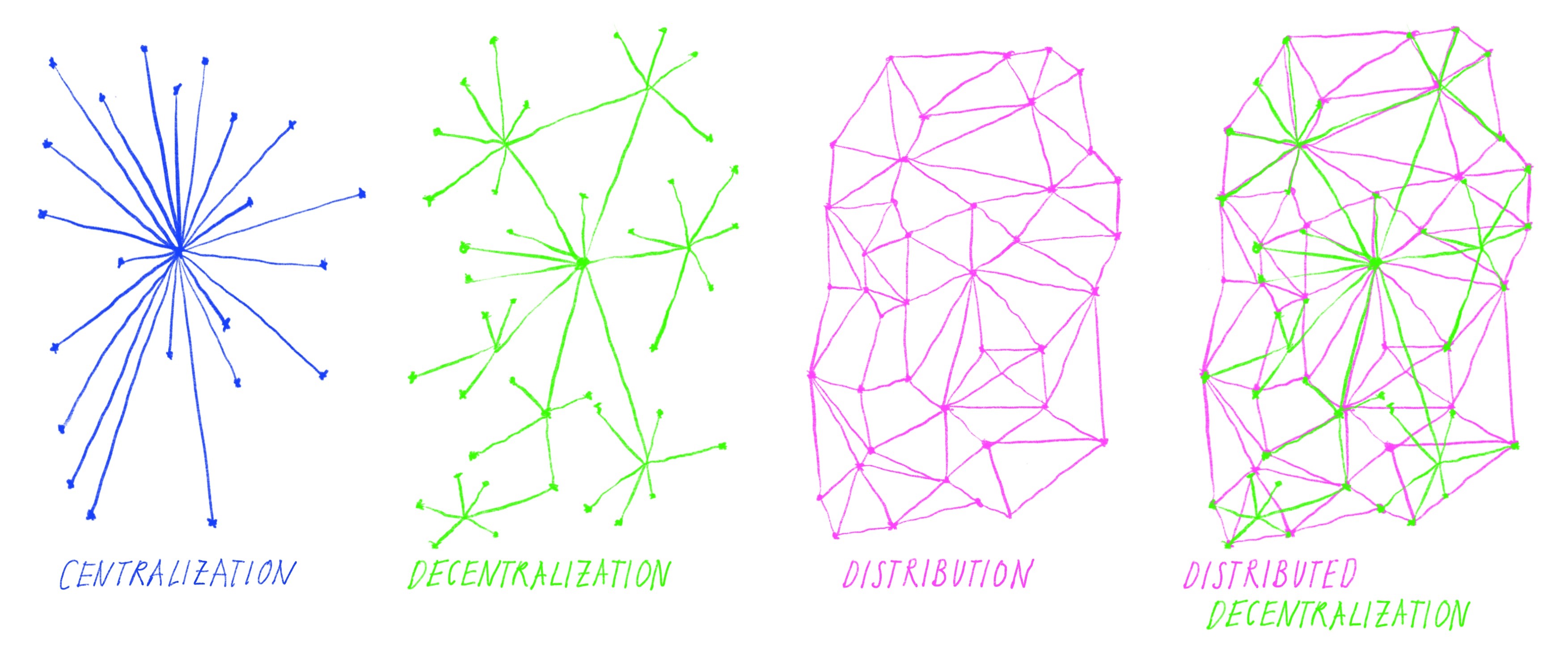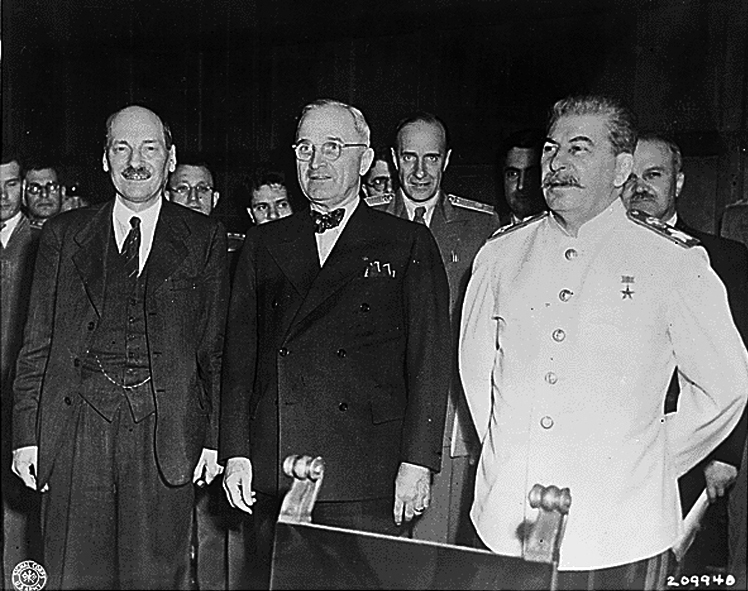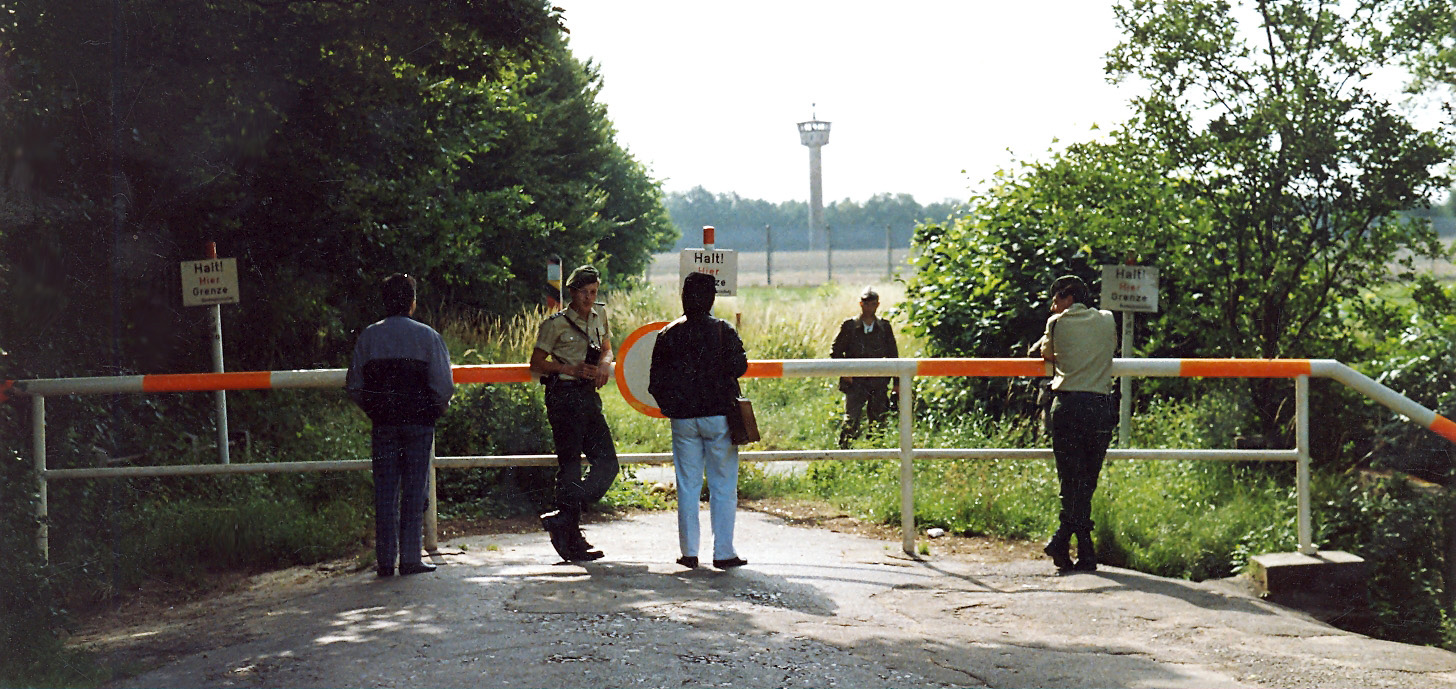|
East German Border Troops
The Border Troops of the German Democratic Republic () was the border guard of the German Democratic Republic (GDR) from 1946 to 1990. The were the primary force guarding the Berlin Wall and the Inner German border, the GDR's international borders between West Berlin and West Germany respectively. The force belonged to the Ministry of National Defence (MfNV) from 1961, and was a service branch of the National People's Army until 1971 when it became directly subordinate to the MfNV. The Border Troops numbered approximately 47,000 personnel at its peak, consisting of volunteers and conscripts, the third-largest Warsaw Pact border guard after the Soviet Border Troops and Poland's Border Protection Troops. The 's main role was preventing , the illegal migration from the GDR, and were controversially responsible for many deaths at the Berlin Wall. History By December 1945, within six months of the end of the Second World War, each of the five states in the Soviet Zone of Occ ... [...More Info...] [...Related Items...] OR: [Wikipedia] [Google] [Baidu] |
East Germany
East Germany, officially known as the German Democratic Republic (GDR), was a country in Central Europe from Foundation of East Germany, its formation on 7 October 1949 until German reunification, its reunification with West Germany (FRG) on 3 October 1990. Until 1989, it was generally viewed as a communist state and described itself as a Socialist state, socialist "workers' and peasants' state". The Economy of East Germany, economy of the country was Central planning, centrally planned and government-owned corporation, state-owned. Although the GDR had to pay substantial war reparations to the Soviets, its economy became the most successful in the Eastern Bloc. Before its establishment, the country's territory was administered and occupied by Soviet forces following the Berlin Declaration (1945), Berlin Declaration abolishing German sovereignty in World War II. The Potsdam Agreement established the Soviet occupation zone in Germany, Soviet-occupied zone, bounded on the east b ... [...More Info...] [...Related Items...] OR: [Wikipedia] [Google] [Baidu] |
Border Protection Troops
Border Protection Forces (, ''WOP''), also known under its English abbreviation BPT, was the border guard service of the People's Republic of Poland from 1945 to 1989. During its 46 years of existence, it repeatedly changed its structural and service subordination, passing from the Ministry of National Defense through the Ministry of Public Security to the Ministry of the Interior, and vice versa, to remain under the Ministry of Interior since 1972. Border Protection Forces soldiers were subject to the same rules and regulations as those of other soldiers of the Polish People's Republic. As a result of political transformation and the setup of the Third Polish Republic, the Border Protection Forces were disbanded on May 16, 1991, and the Border Guard was created in their place as a preventive-type police formation established to protect Poland's borders. History Foundations On May 17, 1945, the commander of the 2nd Army of the Polish People's Army received the order of the Supreme ... [...More Info...] [...Related Items...] OR: [Wikipedia] [Google] [Baidu] |
Soviet Military Administration In Germany
The Soviet Military Administration in Germany (; ''Sovyetskaya Voyennaya Administratsiya v Germanii'', SVAG; , SMAD) was the Soviet military government, headquartered in Berlin- Karlshorst, that directly ruled the Soviet occupation zone in Germany from the German surrender in May 1945 until after the establishment of the German Democratic Republic (GDR) in October 1949. According to the Potsdam Agreement in 1945, the SMAD was assigned the eastern portion of present-day Germany, consisting mostly of central Prussia. Prussia was dissolved by the Allies in 1947 and this area was divided between several German states ''(Länder)''. German lands east of the Oder-Neisse line were annexed by Soviet Union or granted to Poland, and Germans living in these areas were forcibly expelled, having had their property expropriated and been robbed of most of their belongings whilst in transit to the American, British, and Soviet zones. Notable SVAG officials * Marshal of the Soviet Union Geo ... [...More Info...] [...Related Items...] OR: [Wikipedia] [Google] [Baidu] |
Centralized
Centralisation or centralization (American English) is the process by which the activities of an organisation, particularly those regarding planning, decision-making, and framing strategies and policies, become concentrated within a particular group within that organisation. This creates a power structure where the said group occupies the highest level of hierarchy and has significantly more authority and influence over the other groups, who are considered its subordinates. An antonym of ''centralisation'' is '' decentralisation'', where authority is shared among numerous different groups, allowing varying degree of autonomy for each. The term has a variety of meanings in several fields. In political science, centralisation refers to the concentration of a government's power—both geographically and politically—into a centralised government, which has sovereignty over all its administrative divisions. Conversely, a decentralised system of government often has significant ... [...More Info...] [...Related Items...] OR: [Wikipedia] [Google] [Baidu] |
Volkspolizei
The (DVP, German for "German People's Police"), commonly known as the or VoPo, was the national uniformed police force of the German Democratic Republic (East Germany) from 1945 to 1990. The Volkspolizei was a highly- centralized agency responsible for most civilian law enforcement in East Germany, maintaining roughly 257,500 personnel at its peak. It worked closely along with the Stasi to maintain public order and identify threats to the government. History The was effectively founded in June 1945 when the Soviet Military Administration in Germany (SVAG) established central police forces in the regions of Nazi Germany it occupied following after World War II. The SVAG approved the arming of community-level police forces on 31 October 1945, but remained a non-militarised force, and by 1946 the comprised some 22,000 personnel. The police force experienced several challenges at this time: the proportion of non-trained personnel between 65 and 95% undermined its profes ... [...More Info...] [...Related Items...] OR: [Wikipedia] [Google] [Baidu] |
Potsdam Agreement
The Potsdam Agreement () was the agreement among three of the Allies of World War II: the United Kingdom, the United States, and the Soviet Union after the war ended in Europe that was signed on 1 August 1945 and published the following day. A product of the Potsdam Conference, it concerned the military occupation and reconstruction of Germany, its border, and the entire European Theatre of War territory. It also addressed Germany's demilitarisation, reparations, the prosecution of war criminals and the mass expulsion of ethnic Germans from various parts of Europe. France was not invited to the conference but formally remained one of the powers occupying Germany. Executed as a communiqué, the agreement was not a peace treaty according to international law, although it created accomplished facts. It was superseded by the Treaty on the Final Settlement with Respect to Germany signed on 12 September 1990. As De Gaulle had not been invited to the Conference, the French resi ... [...More Info...] [...Related Items...] OR: [Wikipedia] [Google] [Baidu] |
Yalta Agreement
The Yalta Conference (), held 4–11 February 1945, was the World War II meeting of the heads of government of the United States, the United Kingdom, and the Soviet Union to discuss the postwar reorganization of Germany and Europe. The three states were represented by President Franklin D. Roosevelt, Prime Minister Winston Churchill, and General Secretary Joseph Stalin. The conference was held near Yalta in Crimea, Soviet Union, within the Livadia, Yusupov, and Vorontsov palaces. The aim of the conference was to shape a postwar peace that represented not only a collective security order, but also a plan to give self-determination to the liberated peoples of Europe. Intended mainly to discuss the re-establishment of the nations of war-torn Europe, within a few years, with the Cold War dividing the continent, the conference became a subject of intense controversy. Yalta was the second of three major wartime conferences among the Big Three. It was preceded by the Tehran Conferen ... [...More Info...] [...Related Items...] OR: [Wikipedia] [Google] [Baidu] |
Soviet Zone Of Occupation
The Soviet occupation zone in Germany ( or , ; ) was an area of Germany that was occupied by the Soviet Union as a communist area, established as a result of the Potsdam Agreement on 2 August 1945. On 7 October 1949 the German Democratic Republic (GDR), commonly referred to in English as East Germany, was formally established in the Soviet occupation zone. The SBZ was one of the four Allied occupation zones of Germany created at the end of World War II with the Allied victory. According to the Potsdam Agreement, the Soviet Military Administration in Germany (German initials: SMAD) was assigned responsibility for the middle portion of Germany. Eastern Germany beyond the Oder-Neisse line, equal in territory to the SBZ, was to be annexed by the Polish People's Republic and its population expelled, pending a final peace conference with Germany. By the time armed forces of the United States and United Kingdom began to meet Soviet Union forces, forming the Line of Contact, si ... [...More Info...] [...Related Items...] OR: [Wikipedia] [Google] [Baidu] |
Administrative Divisions Of East Germany
The administrative divisions of the German Democratic Republic (commonly referred to as East Germany) were constituted in two different forms during the country's history. The GDR first retained the traditional German division into federated states called ''Länder'', but in 1952 they were replaced with districts called ''Bezirke''. Immediately before German reunification in 1990, the ''Länder'' were restored, but they were not effectively reconstituted until after reunification had completed. Division into ''Länder'' General background In May 1945, following its defeat in World War II, Germany was occupied by the United States, United Kingdom, Britain, France and the Soviet Union. All four occupation powers reorganised the territories by recreating the ''States of Germany, Länder'' (states), the constituting parts of federal Germany. The state of Prussia, whose provinces extended to all four zones and covered two thirds of Germany, was Abolition of Prussia, abolished in 19 ... [...More Info...] [...Related Items...] OR: [Wikipedia] [Google] [Baidu] |
World War II
World War II or the Second World War (1 September 1939 – 2 September 1945) was a World war, global conflict between two coalitions: the Allies of World War II, Allies and the Axis powers. World War II by country, Nearly all of the world's countries participated, with many nations mobilising all resources in pursuit of total war. Tanks in World War II, Tanks and Air warfare of World War II, aircraft played major roles, enabling the strategic bombing of cities and delivery of the Atomic bombings of Hiroshima and Nagasaki, first and only nuclear weapons ever used in war. World War II is the List of wars by death toll, deadliest conflict in history, causing World War II casualties, the death of 70 to 85 million people, more than half of whom were civilians. Millions died in genocides, including the Holocaust, and by massacres, starvation, and disease. After the Allied victory, Allied-occupied Germany, Germany, Allied-occupied Austria, Austria, Occupation of Japan, Japan, a ... [...More Info...] [...Related Items...] OR: [Wikipedia] [Google] [Baidu] |
Bundesarchiv Bild 183-1982-0327-006, Kreis Mühlhausen, Einsatzübung Von Grenztruppen
The German Federal Archives or Bundesarchiv (BArch) (, lit. "Federal Archive") are the national archives of Germany. They were established at the current location in Koblenz in 1952. They are subordinated to the Federal Commissioner for Culture and the Media ( Claudia Roth since 2021) under the German Chancellery, and before 1998, to the Federal Ministry of the Interior. On 6 December 2008, the Archives donated 100,000 photos to the public, by making them accessible via Wikimedia Commons. History The federal archive for institutions and authorities in Germany, the first precursor to the present-day Federal Archives, was established in Potsdam, Brandenburg in 1919, a later date than in other European countries. This national archive documented German government dating from the founding of the North German Confederation in 1867. It also included material from the older German Confederation and the Imperial Chamber Court. The oldest documents in this collection dated back to the ... [...More Info...] [...Related Items...] OR: [Wikipedia] [Google] [Baidu] |
Grenztruppen Der DDR Auf Patrouille (1979)
The Border Troops of the German Democratic Republic () was the border guard of the East Germany, German Democratic Republic (GDR) from 1946 to 1990. The were the primary force guarding the Berlin Wall and the Inner German border, the GDR's international borders between West Berlin and West Germany respectively. The force belonged to the Ministry of National Defence (East Germany), Ministry of National Defence (MfNV) from 1961, and was a service branch of the National People's Army until 1971 when it became directly subordinate to the MfNV. The Border Troops numbered approximately 47,000 personnel at its peak, consisting of Volunteer military, volunteers and conscripts, the third-largest Warsaw Pact border guard after the Soviet Border Troops and People’s Republic of Poland, Poland's Border Protection Troops. The 's main role was preventing , the illegal migration from the GDR, and were controversially responsible for many List of deaths at the Berlin Wall, deaths at the Berli ... [...More Info...] [...Related Items...] OR: [Wikipedia] [Google] [Baidu] |







